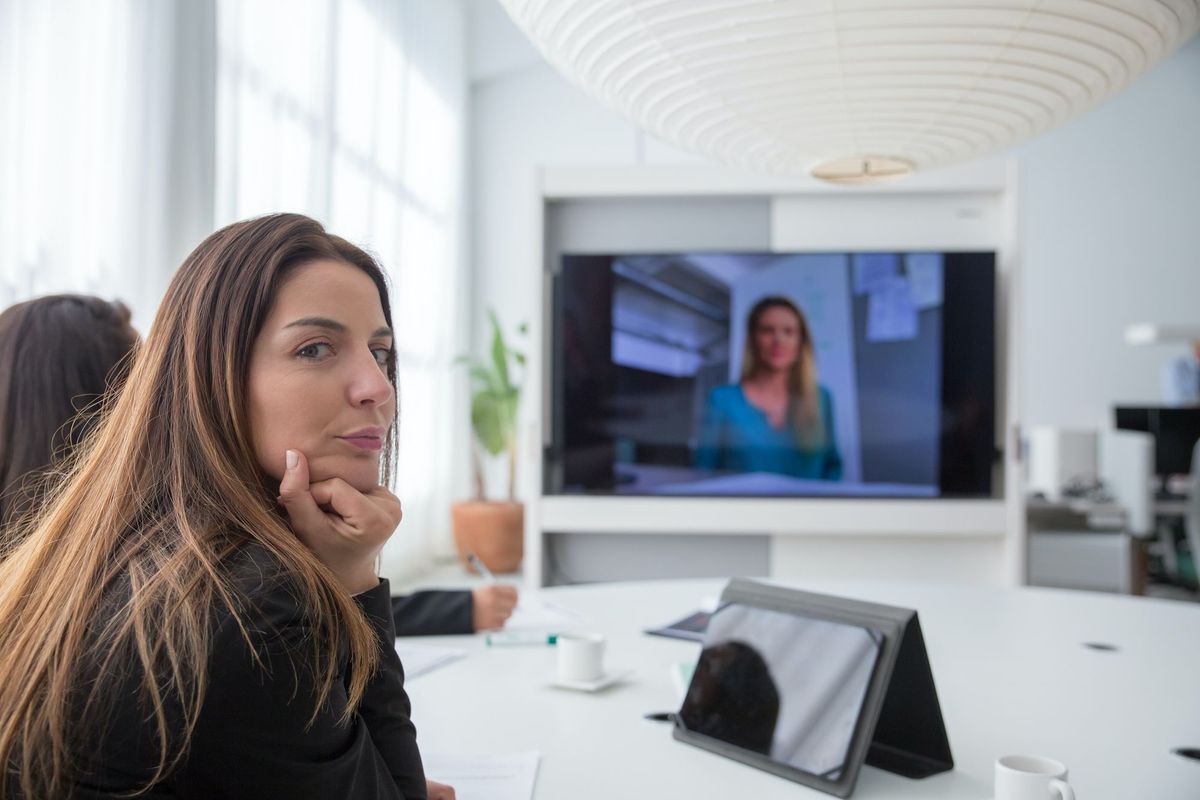How to Manage the Wellbeing Needs of Your Distributed Workforce
The modern workplace brings its own set of challenges for HR leaders. Here’s how to address the common wellbeing-related challenges that crop up with distributed and hybrid work setups.

While the economy is slowly returning to normal, the workplace will never be the same. In the last two years, a number of employers have moved to hybrid or distributed work models. For HR teams, this means dealing with an important responsibility – managing the wellbeing of their employees in these new and unfamiliar work setups.
In a distributed or hybrid work environment, teams are a mix of employees who work from the office, and from remote or third-party locations. While the debate on the productivity of remote workers has largely abated, HR leaders are still untangling the complexities that arise with managing wellbeing with distributed and hybrid teams.
Employee wellbeing-related challenges in distributed work setups
The following employee wellbeing-related challenges are commonly associated with distributed teams and those that work in hybrid setups.

- Due to imbalances in access to people, technology, resources, etc. there may be a lack of alignment between remotely-based employees, especially new hires, and those working from the office. This can cause frustration in remote employees.
- Employees working remotely may have technical issues such as weak network, not able to use videos appropriately, etc. causing efficiency issues to the overall team’s performance
- Lack of access to management personnel and lack of visibility into critical projects leads to a fear-of-missing-out in employees from remote or third-party locations
- Daily workflow, culture of the organisation and lack of breaks while juggling to manage work and home is another issue that remote employees feel, particularly in a WFH set up
- Managers feel overwhelmed coordinating between the teams present in office versus and those working remotely, which causes them undue stress
- Collaboration becomes more difficult because not all employees have the knack of explaining or communicating online and due to lack of personal touch. There is greater scope for misunderstandings
- Connection and collaboration through cultural events, team lunches, and other group activities is missing. This gives work a mechanical or robotic feel for many employees.
How HR can implement wellbeing initiatives for colleagues in distributed locations
The pandemic has accelerated the expectations of employees. Many professionals today have the choice to leave jobs that are stagnant, toxic, or otherwise dissatisfying and join other companies that care about their wellbeing. HR leaders need to win this war for talent by addressing the well-being and mental health as part of the transition to hybrid and continued remote-office models.
Here are a few tips to manage employee wellbeing in a distributed environment.
Leverage technology that reduces inefficiencies, improves wellbeing

Leverage technology as much as possible to make your people collaborate, connect and deliver. Using online collaboration platforms that allow your people to work on deliverables in real time is an example of how people can conveniently work from their respective locations ‘together’. Adopt a collaboration mobile application where employees can connect with each other and participate in online games, events and polls. Make collaboration cabins at the workplace where employees on both sides can have a real-life experience using AI, audio-video, functionalities etc. to feel connected.
Communicate, collaborate, celebrate and appreciate

This may sound obvious, but communicate regularly and consistently with employees working in remote locations. Scheduling regular interactions between in-office and remote teams makes the former feel more included and connected to their colleagues.
Speak to your distributed teams regularly about your brand values, recent business updates, top wins, and other important announcements via multiple modes – email, in-person, online events, etc. Also, create mechanisms that allow employees to share their opinions and feedback and to have an active say in the team’s decisions. Introduce a culture of appreciation so that your people feel valued, no matter where they work from.
Invest in ‘well-being infrastructure’ - Both on-site and off-site

Having a comfortable workplace with ergonomic furniture and cubicles to work has been a thing for decades. However, with more and more distributed office setups coming up, employers are helping employees build better home-working setups. This includes facilitating or reimbursing employees for ergonomic furniture, laptops, workstations, good-quality headphones, laptop bluescreens to ensure privacy, external monitors, etc.
Virtual ‘watercooler’ breaks and facilitated de-stressing
The workplace isn’t just about work; it’s also where casual conversations about health, families, sports and other topics take place. HR leaders can create pure-online or online+offline platforms for these casual conversations during the work week. These platforms will allow people to connect based on their shared interests, and to learn from and bond with each other in a relaxed setting.
Virtual Employee Engagement Activities and Ideas
You can also use these platforms as an opportunity to talk about good wellbeing behaviours - e.g., hydration, exercise, meditation, etc. You can even bring in well-being experts who can speak to your people about health and work-life balance. Make sure that both onsite and offsite staff are included in these sessions.
Lead by example and demonstrate empathy
Business and HR leaders must work hard to create a culture of equity, fairness, trust, openness, and inclusivity in the organisation. This is particularly important in hybrid or remote setups, where the lack of daily interactions between leaders and teams could potentially erode trust over time.
Therefore, leaders must make their expectations clear and be sensitive to the needs of their people. Regular project discussions and performance check-ins must be set up regularly to better guide employees based in remote locations. Hiring, appraisals, training, and other key processes should be conducted transparently and without bias or favour.
Leaders must acknowledge that people are dealing with many challenges on the personal front too and show trust and empathy through their own behaviour, so that it becomes the default setting of the whole team.
Workplace Wellness Initiatives You Can Launch: Download the Free Guide!



